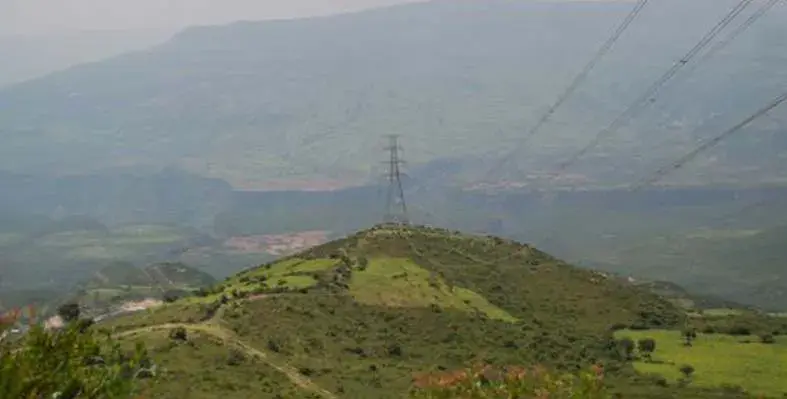It is no secret that while the continent has made substantial progress in the energy generation regime, the story of transmission networks remains a tenebrous one
The power procurement programmes that overtook the continent in the last decade completely overlooked the requisite ensuing network that should have been built alongside the generators, and now the consequences are such that African states are increasingly being made to abide is the evacuation conundrum – where there is enough energy to evacuate, but no export infrastructure at all. A testament to the neglect that the transmission sector has been subjected to across the years is the factor that the out of the total energy investments which flew into the continent over the last decade, a meagre 0.5% went to transmission networks (with the rest flowing into the generation projects). No wonder the per capita transmission line infrastructure in Africa (as a whole) is lower than many individual South American countries such as Columbia, Chile, and Brazil.
Africa's widening transmission gap
Transmission woes today have become a classic bottleneck problem for African countries. Grid issues are not only precluding African countries from supplying electricity to their inhabitants but are also leading to huge supply-demand mismatches across the region. Superior grid infrastructure in power surplus regions and abysmal infrastructure in power deficit regions also present insuperable challenges across the continent. Africa, therefore, today stands at a crossroads, where the exigent need of the hour is act.
In order to plug the widening gap in its transmission system, African countries will require over US$45bn in the coming eight years. To put the numbers into perspective, it must be pointed out that over the last decade, Africa received US$41bn in total energy investments. Africa needs a grid system revolution, and such a revolution needs to be much bigger, more efficacious, and exceedingly more intensive than what its power sector has witnessed.
The way forward for Africa, then, shall stem from two major approaches which need to be implemented simultaneously. African countries must: (a) become receptive to private participation in the transmission sector, and (b) initiate the decoupling of the vertically integrated state-owned utilities.
Realising the grid revolution
Classic case studies of how private sector participation changed the whole transmission scenario are evident across South American nations as well as other growing economies such as India. India, for instance, liberalised its transmission regime in 2011 and was able to fetch more than US$11bn (41% of total power investments) in transmission financing. Learnings acquired from Africa’s experience in running power procurement programmes will also prove to be extremely instrumental in allowing for a steep learning curve and guiding the way towards project structure and program implementation. It is only through a robust competitive private participation framework that investment of such gigantic scale can be brought into the system.
Initiating the decoupling of the vertically integrated state-owned utilities will, however, prove to be a more formidable challenge to tackle. Unbundling is a challenging process that can’t be rushed forward. Having worked together for years and having relied on each other’s finances, the three divisions (generation, transmission, and distribution) must be systematically cleaved in order to produce self-sufficient and efficient units. Furthermore, with the added difficulties of bureaucratic red tape, the process can be excruciatingly long. Hence, as a starting point, governments must formulate a very specific policy framework targeting key milestone events. For instance, accounts unbundling, and functional bundling can be considered as the first two significant milestones. While legal and ownership unbundling (which is generally a tediously long process) can follow later, governments must hunker down to prepare a cogent, realizable roadmap to achieve these two processes, which shall yield the highest marginal utility in terms of execution results.
The need of the hour is for African countries to understand that the best time to have initiated a transformative grid system revolution was ten years ago, and the second-best time is now. It is imperative that structural reforms are enacted into the system at a war-level stage to rid Africa of the existing grid paradox and to ensure that its power generation efforts don’t come to a standstill.
This article is authored by Synergy Consulting IFA. For more information, reach out to:
This email address is being protected from spambots. You need JavaScript enabled to view it.
For more details Synergy’s services, visit the company website: https://synergyconsultingifa.com/






